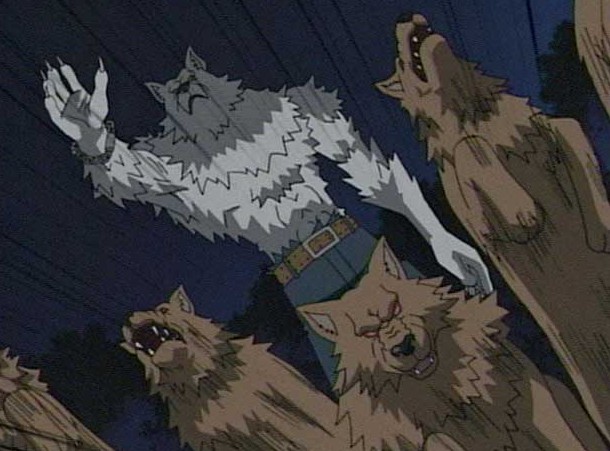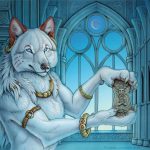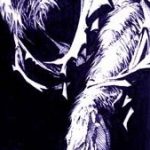In many stories, a man becomes a werewolf because of some sort of excess. His behavior may be too rough, or he may, by the standards of the community, be sexually deviant. These traits may have even caused the word ‘werewolf’ to apply to human behavior.
In the 16th century in Guernsey, one of the Channel Islands off the coast of France, teenagers who roamed around at night, broke curfews and socialized outside the bounds of polite society were known as werewolves. In some cases, young people disguised themselves as animals to travel from one community to another. A common belief at the time was that outlaws would eventually become werewolves.

In many cultures, adolescents go through initiation or rites of passage to mark the passage to the adult age. Groups of youth in disparate societies, are sometimes associated in forms of ritual violence, at other times bound together in warring organizations.
The oldest testimony on a ritual such as the charivari, intended to control the customs (especially sexual) of a village, identified the tumultuous squad of masked youths with the cohorts of the dead, led by mythical beings like Hellequin.
In the Swiss Loschental, to the Schurtendiebe, young people used to, during carnival, descend from the woods to the village to loot, their faces masked, their bodies in sheepskin, their waists adorned with cowbells. Today they are still active during the Krampus masquerades.








